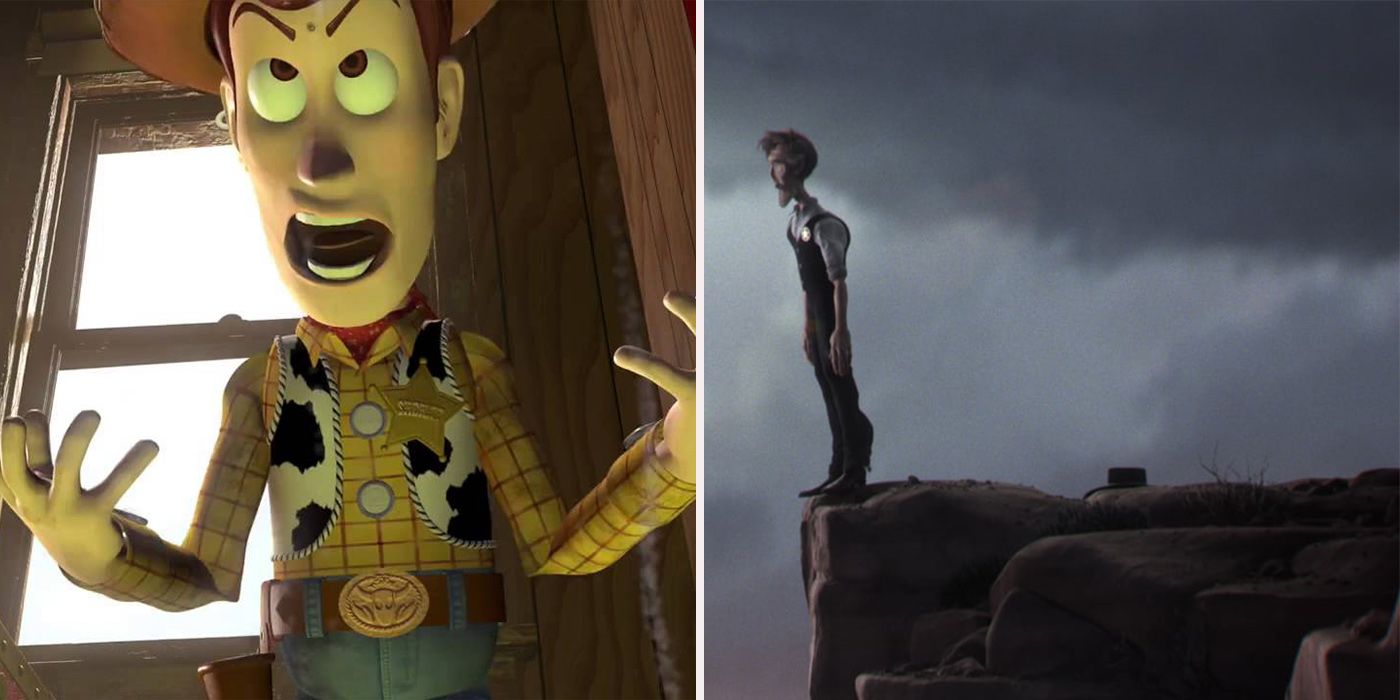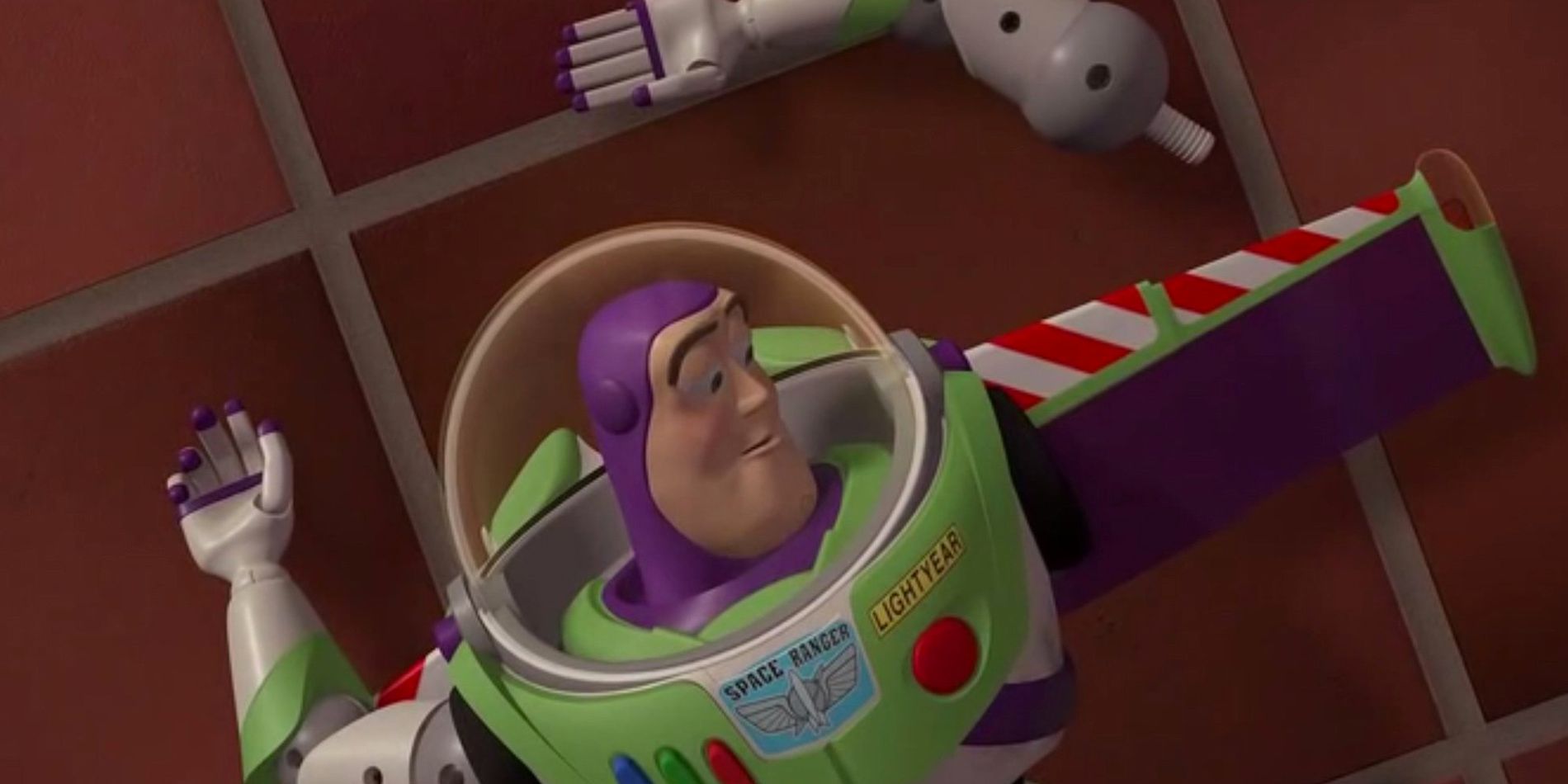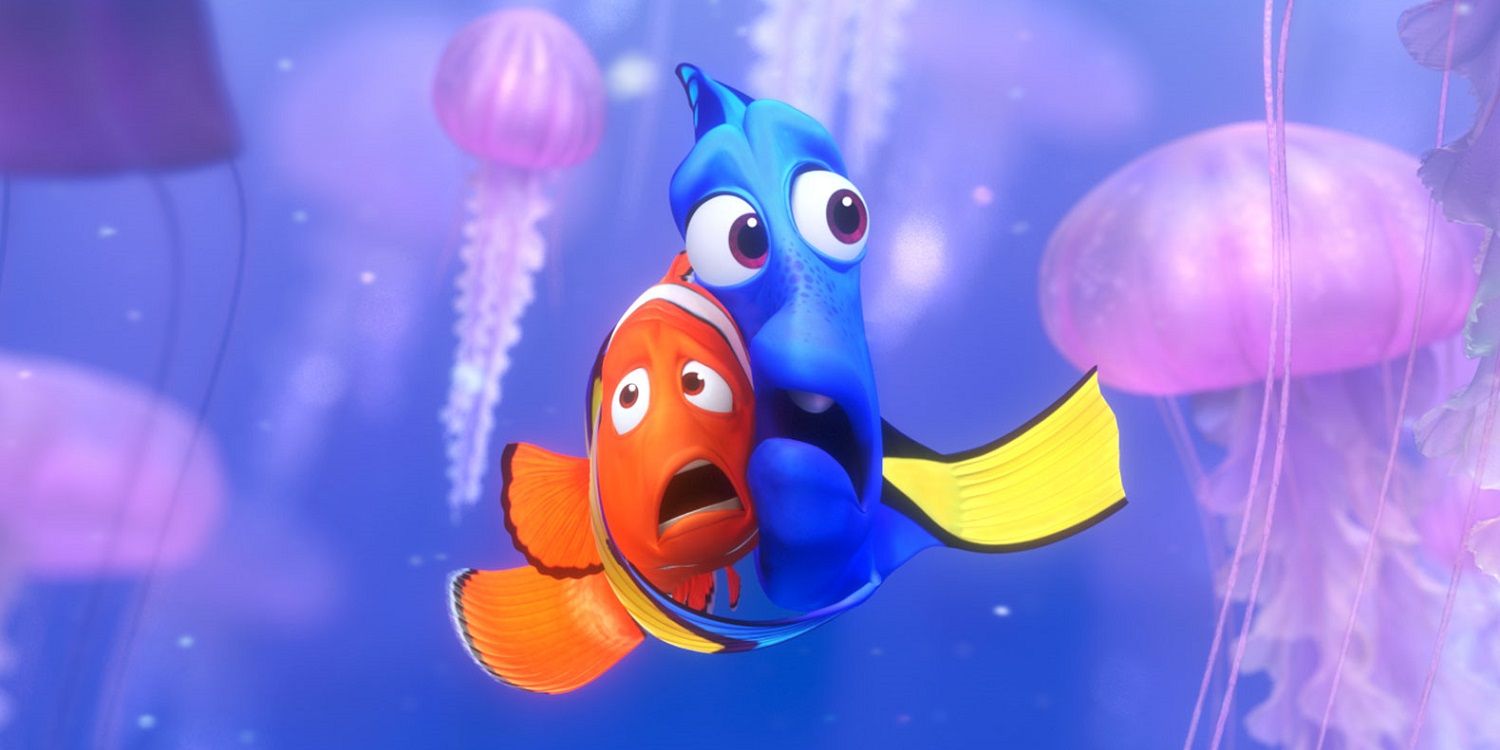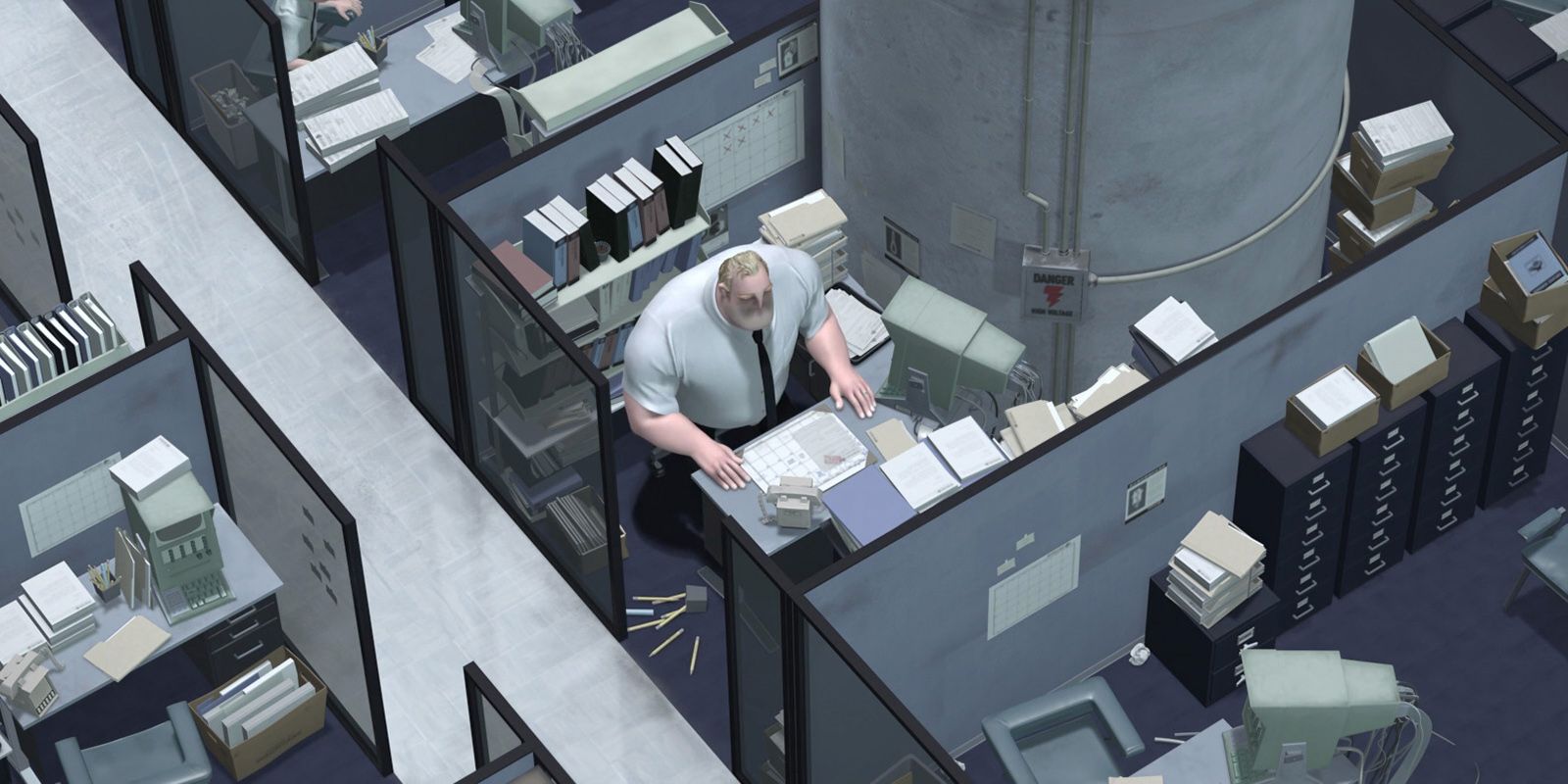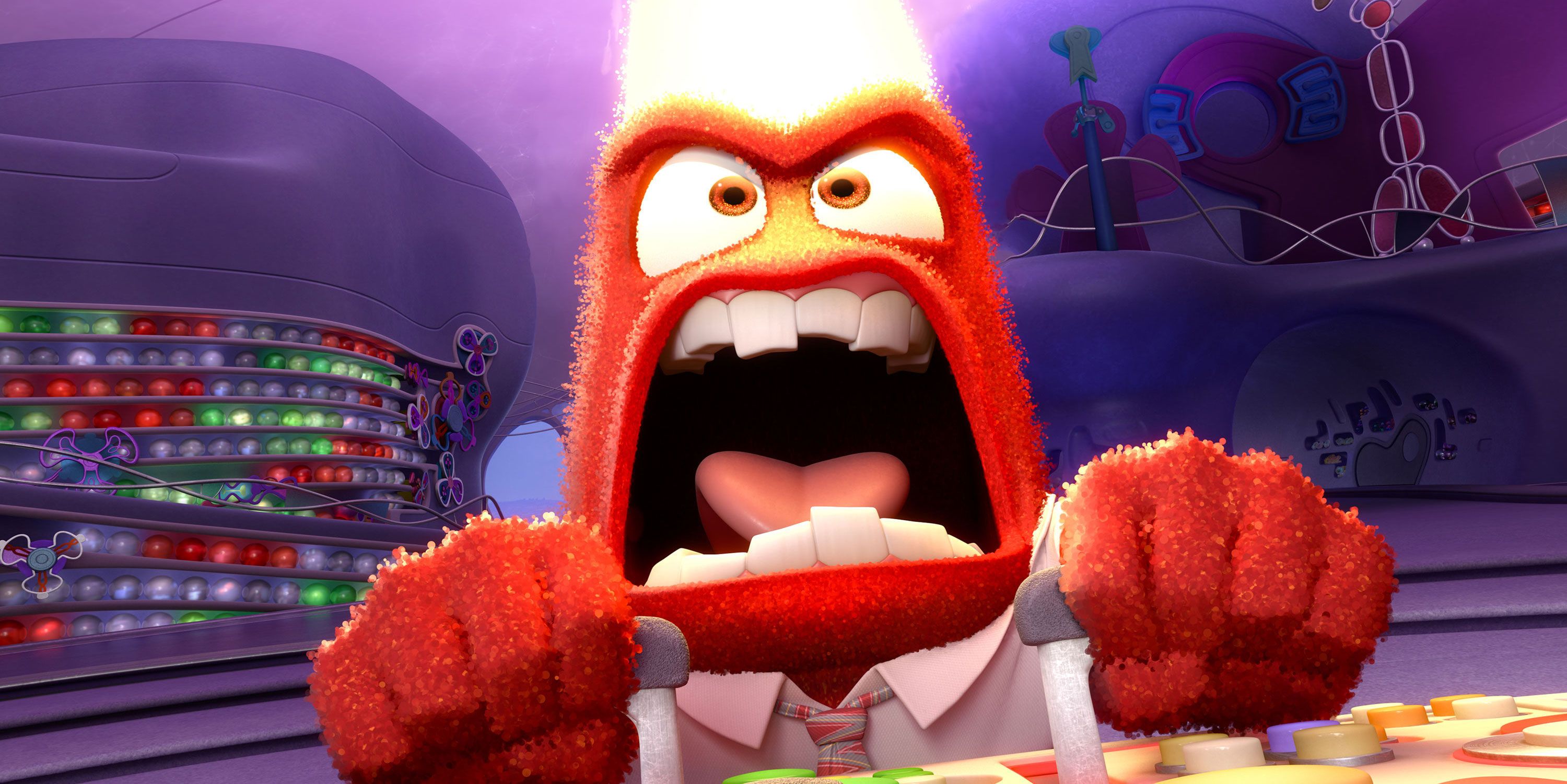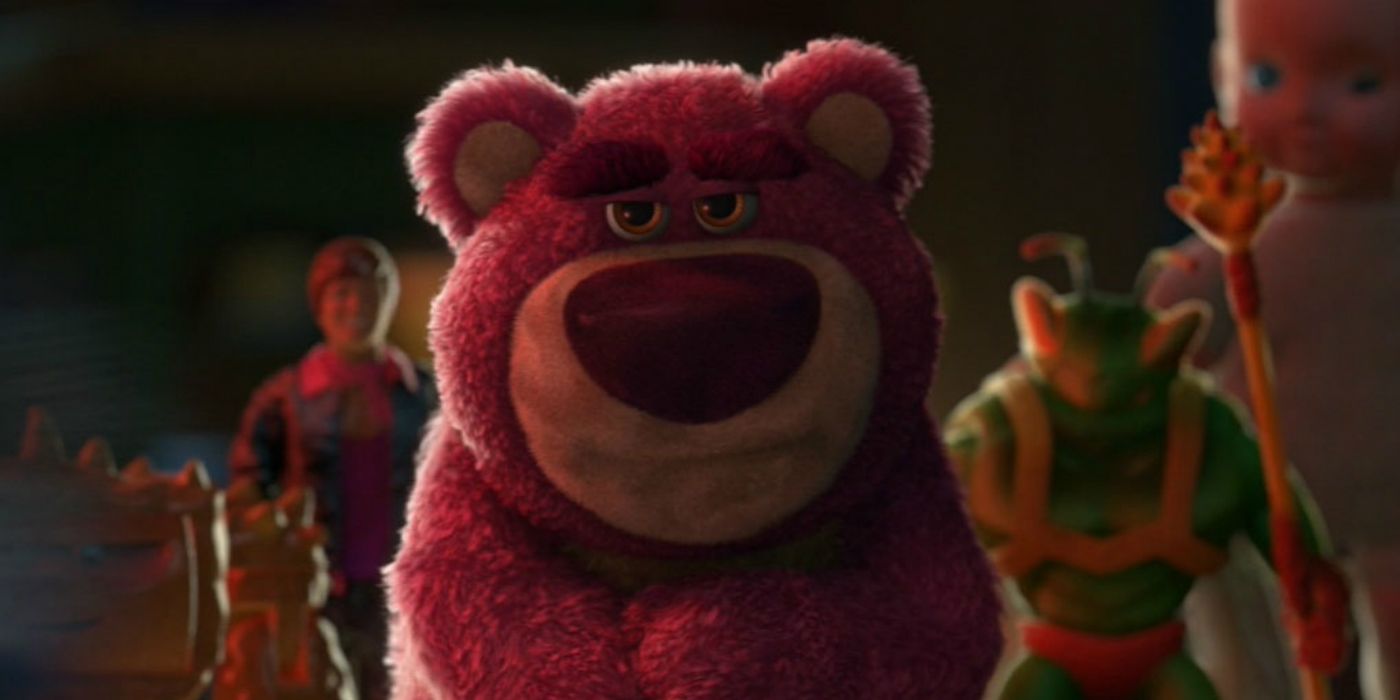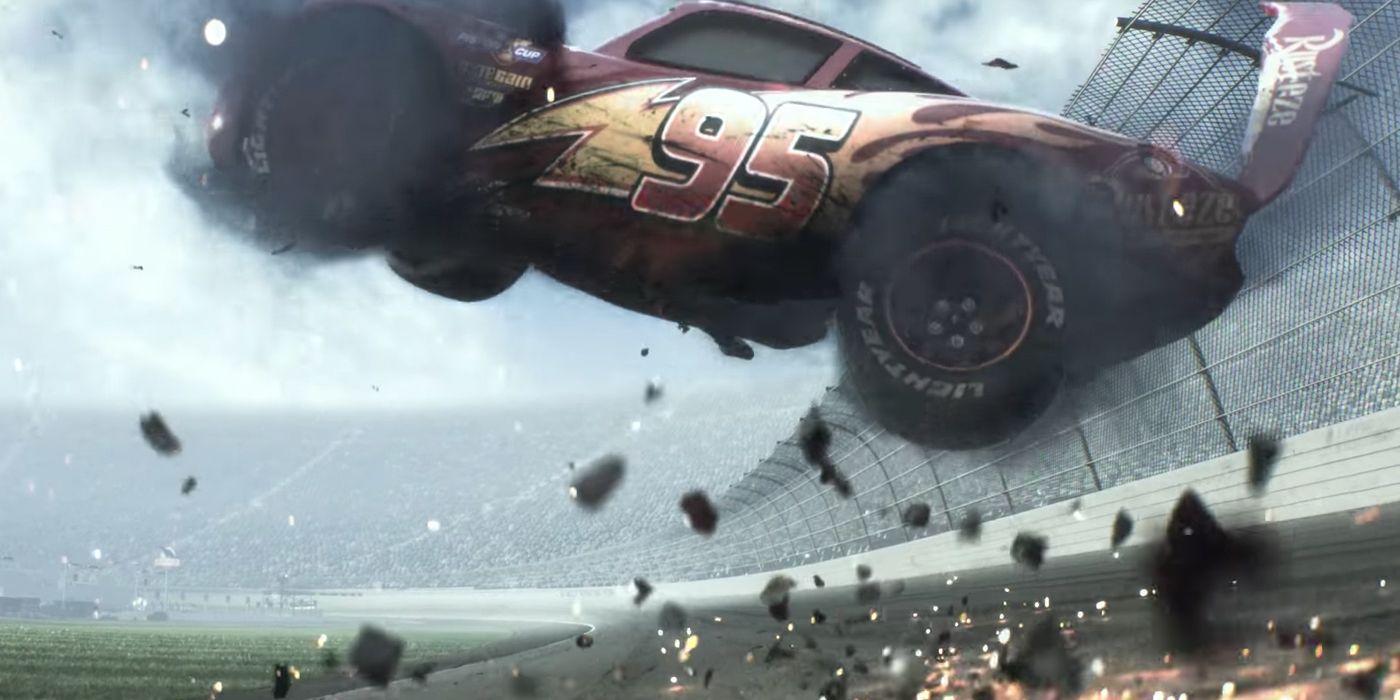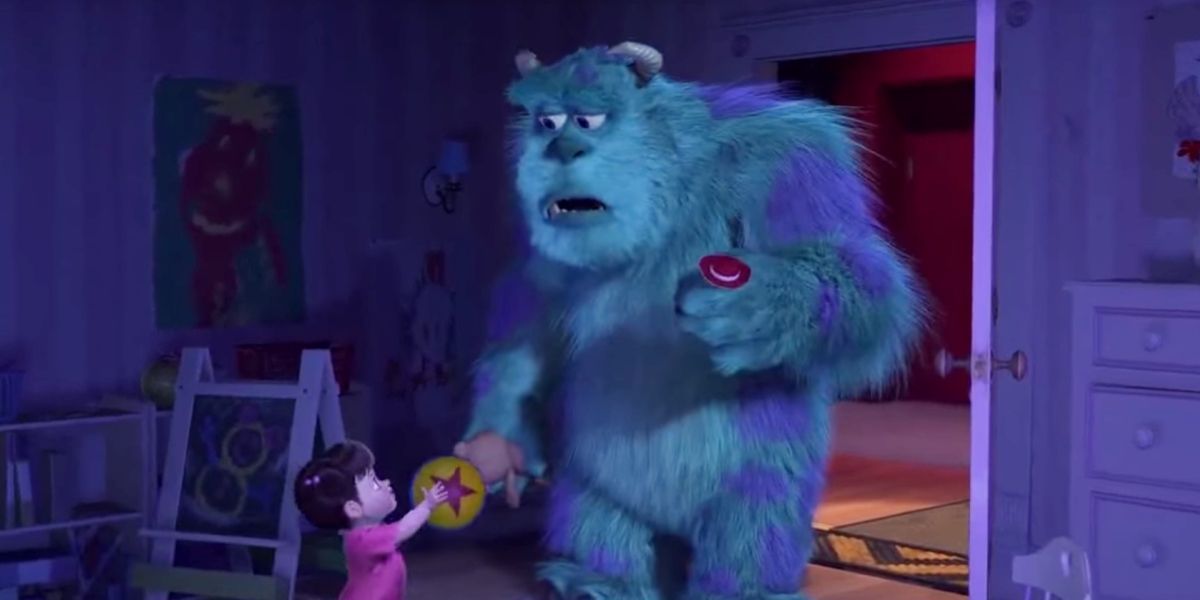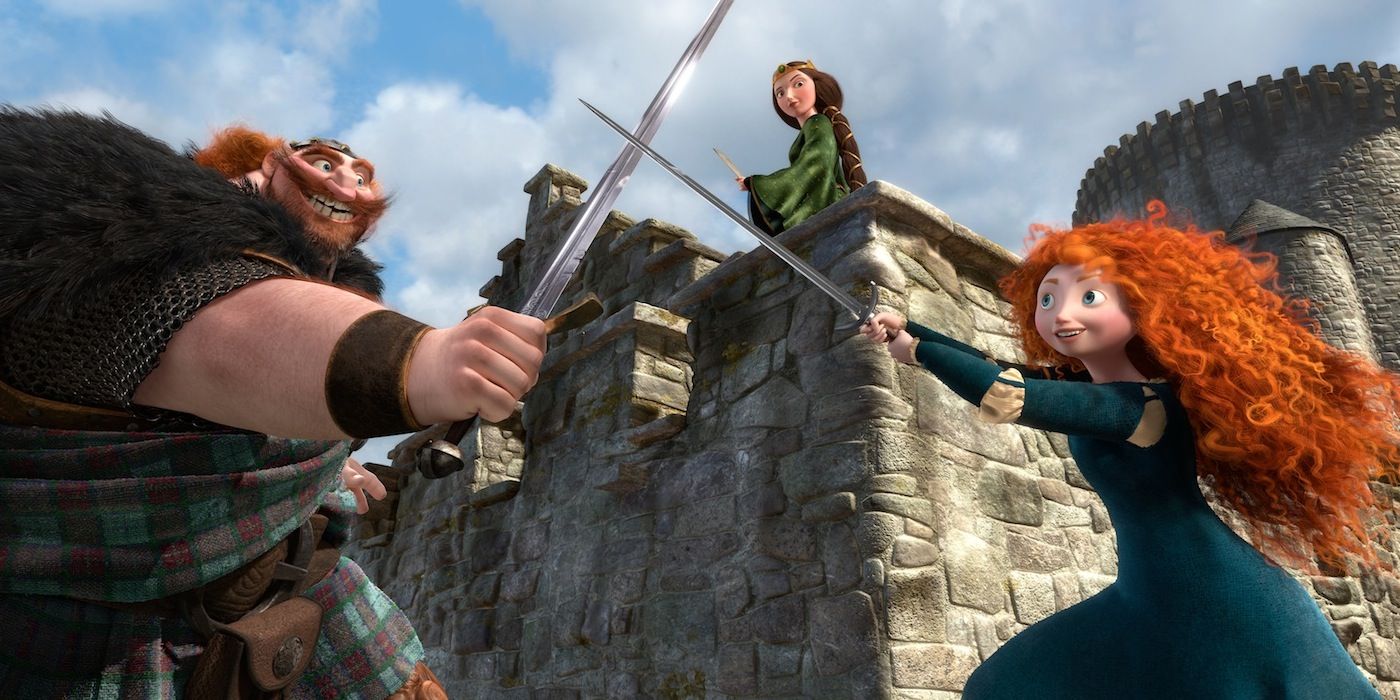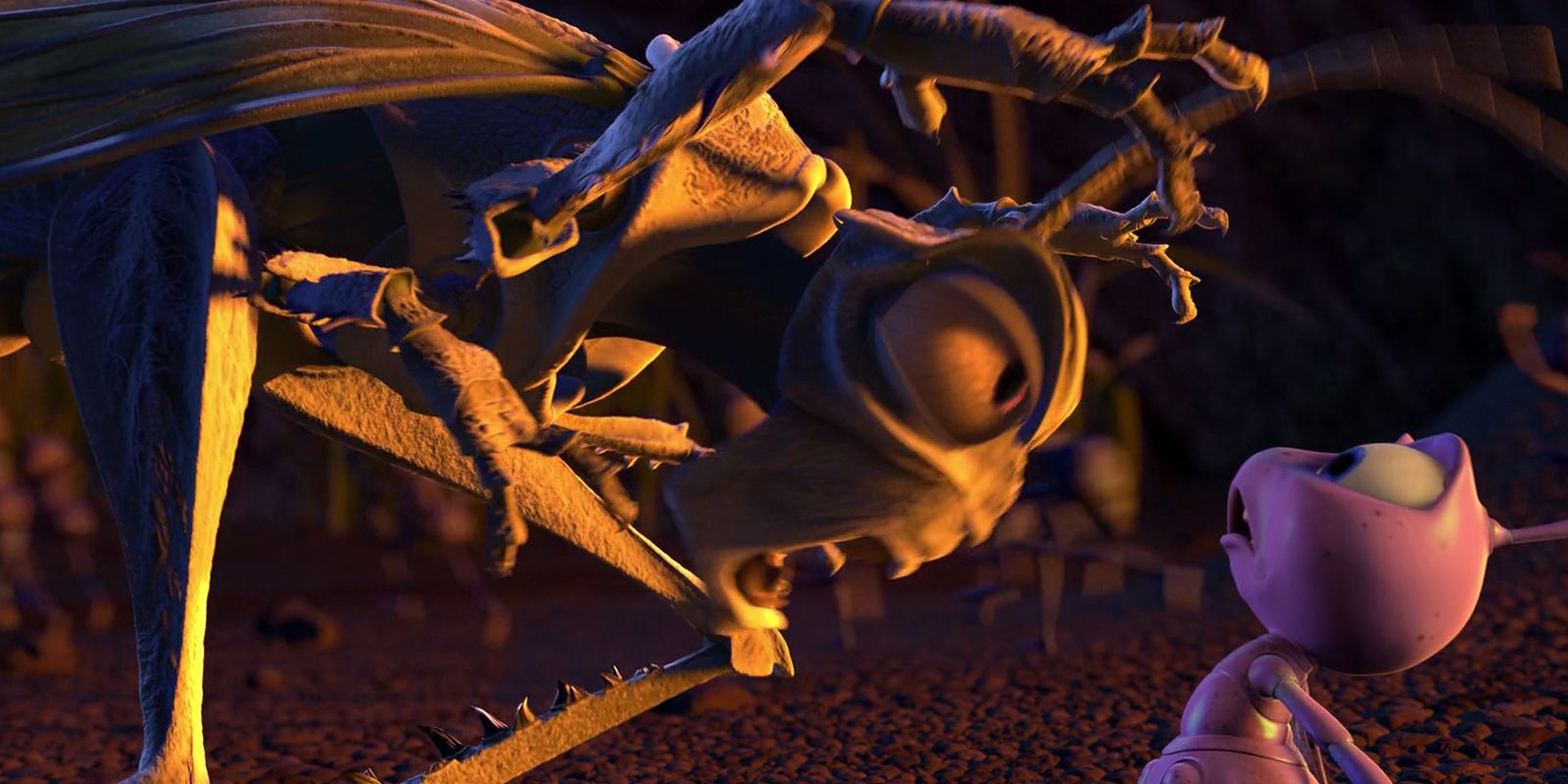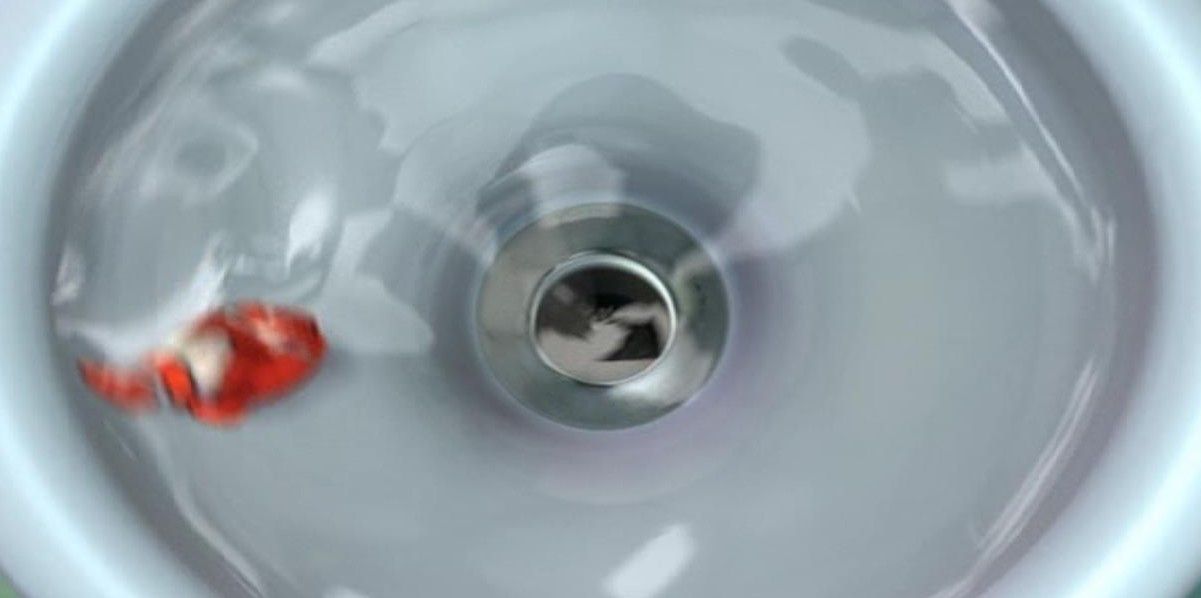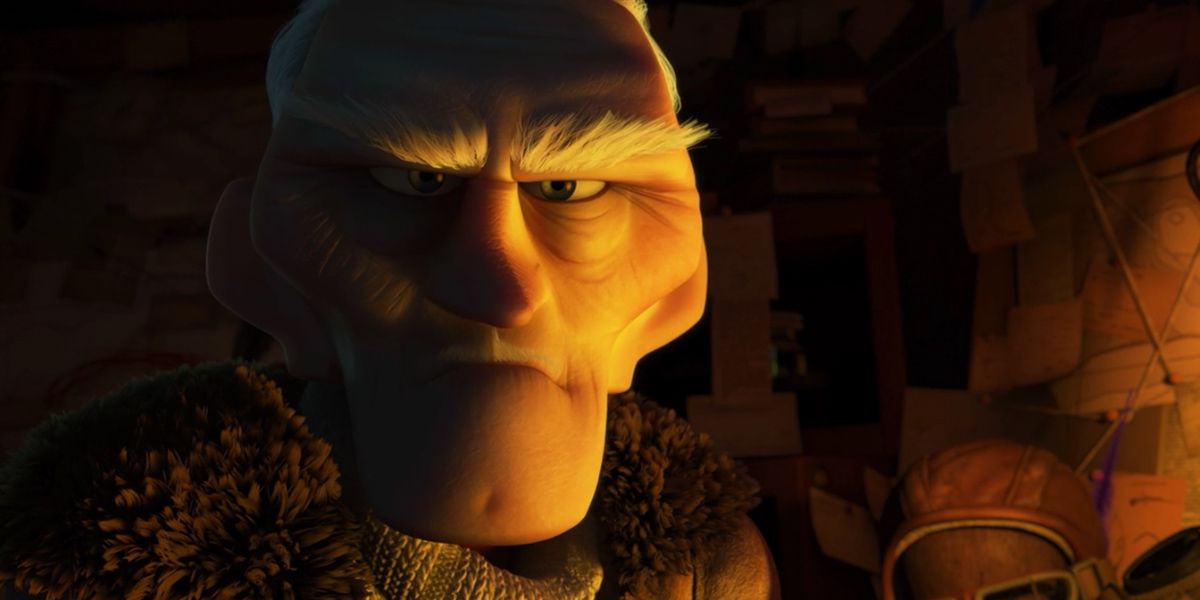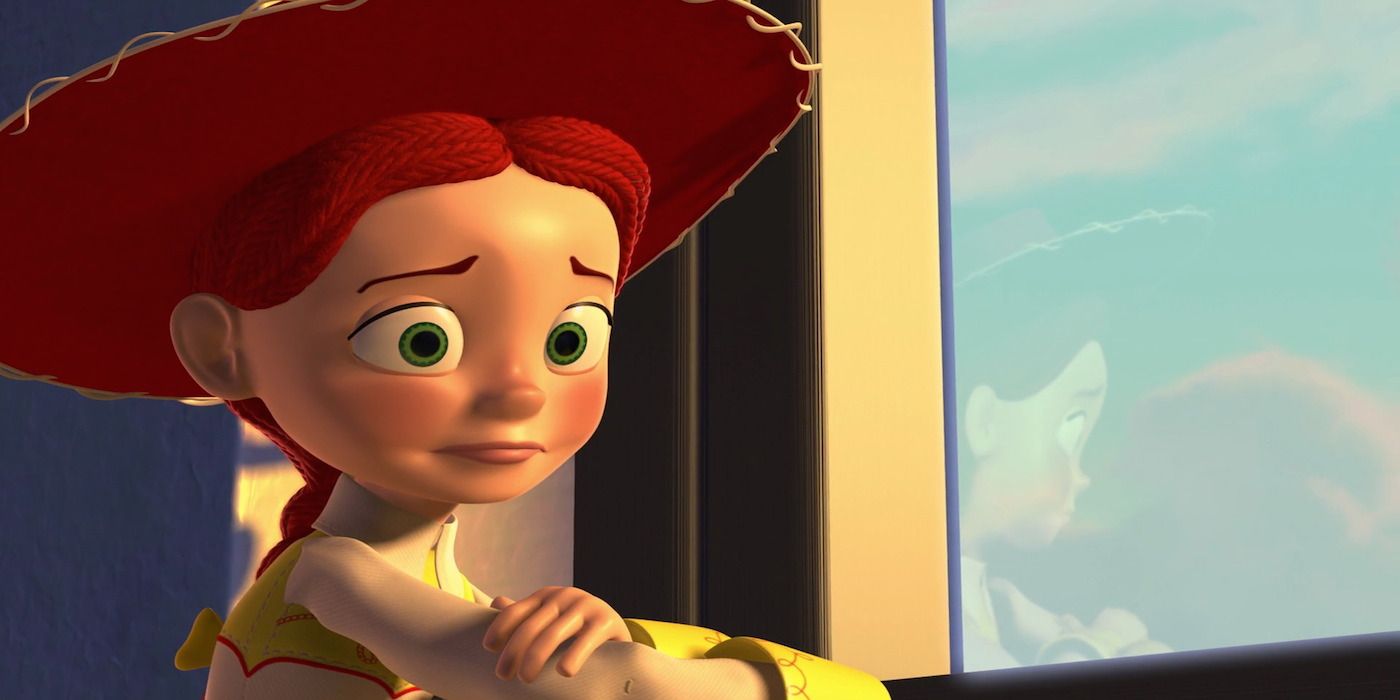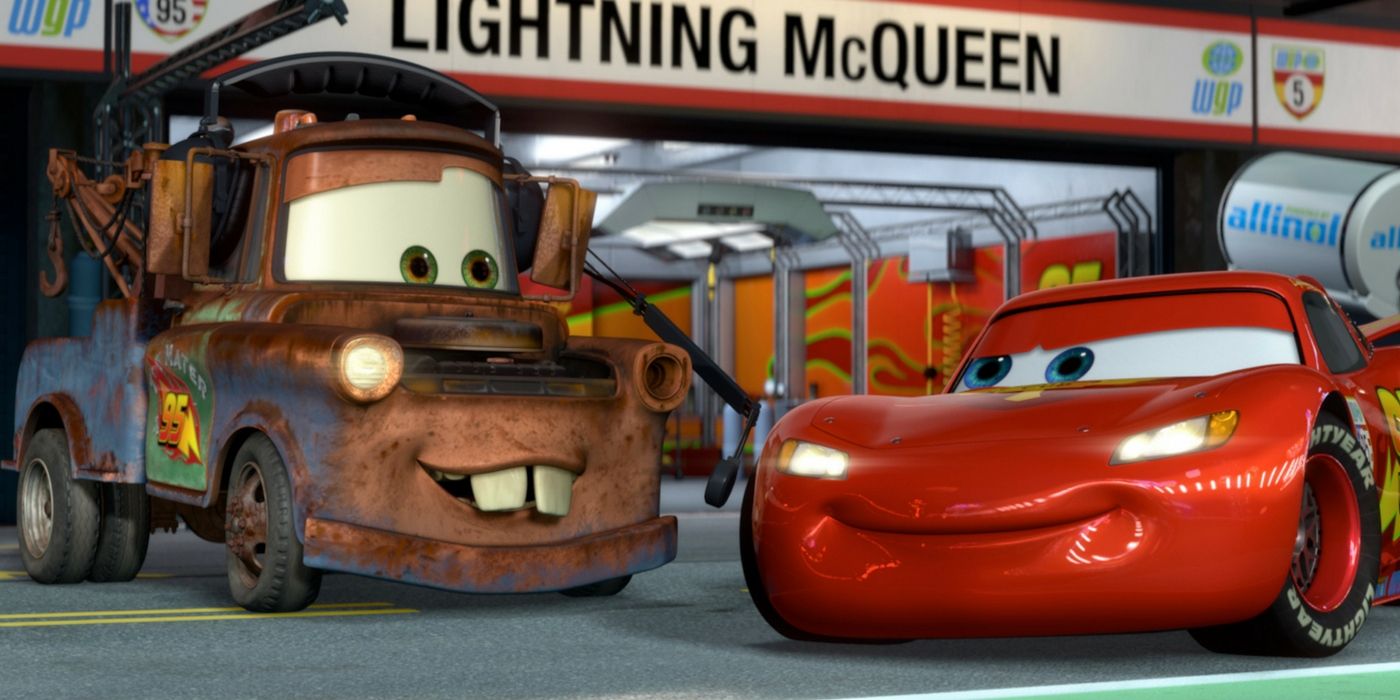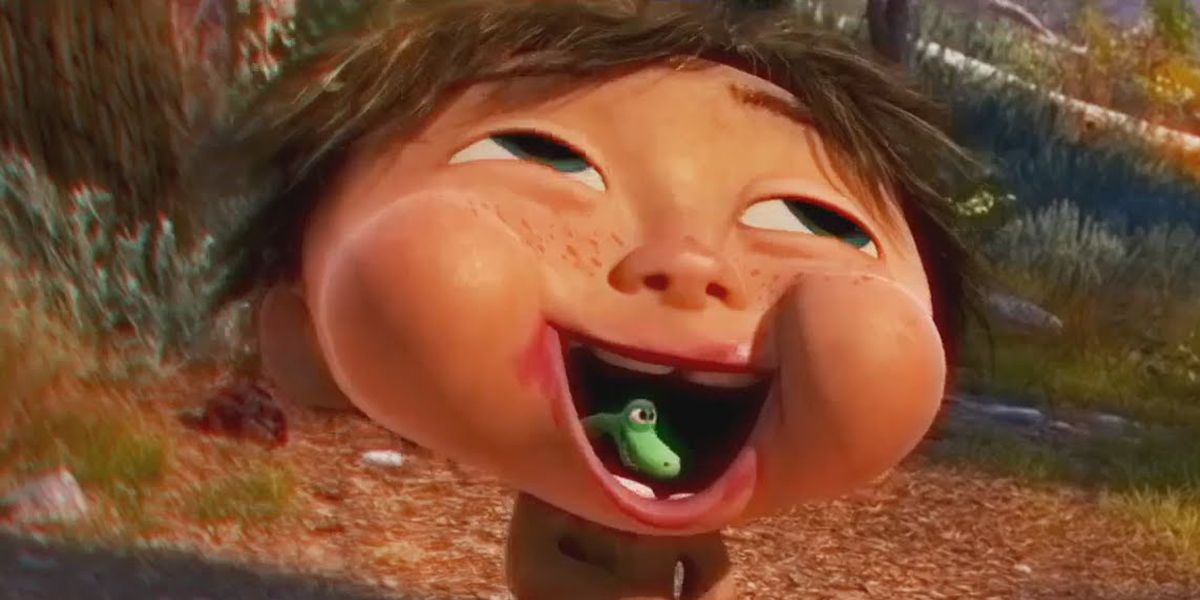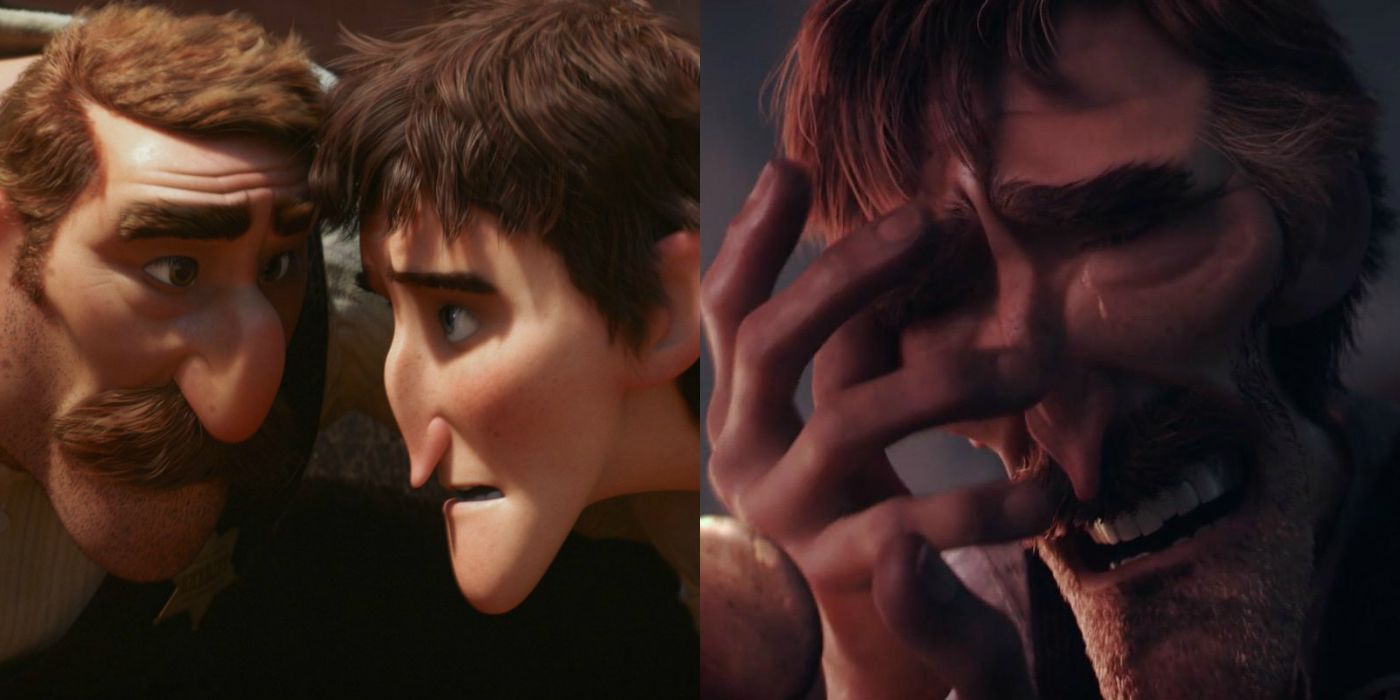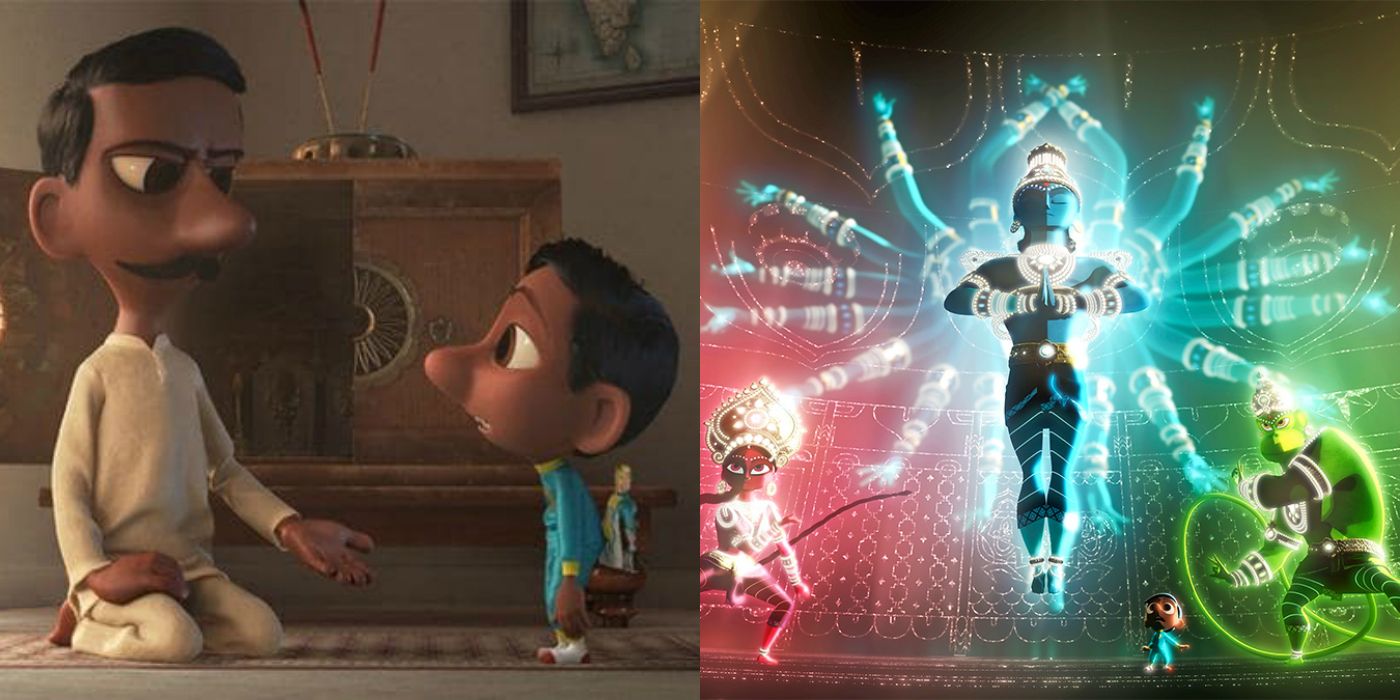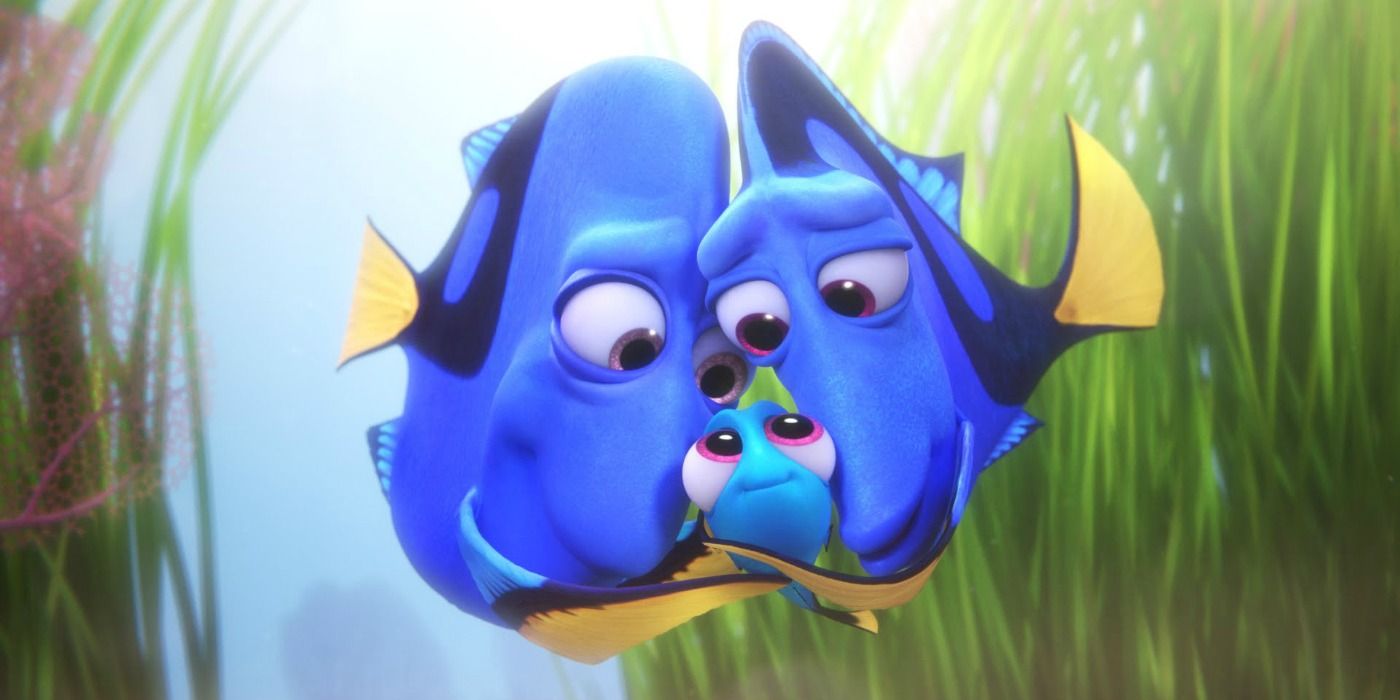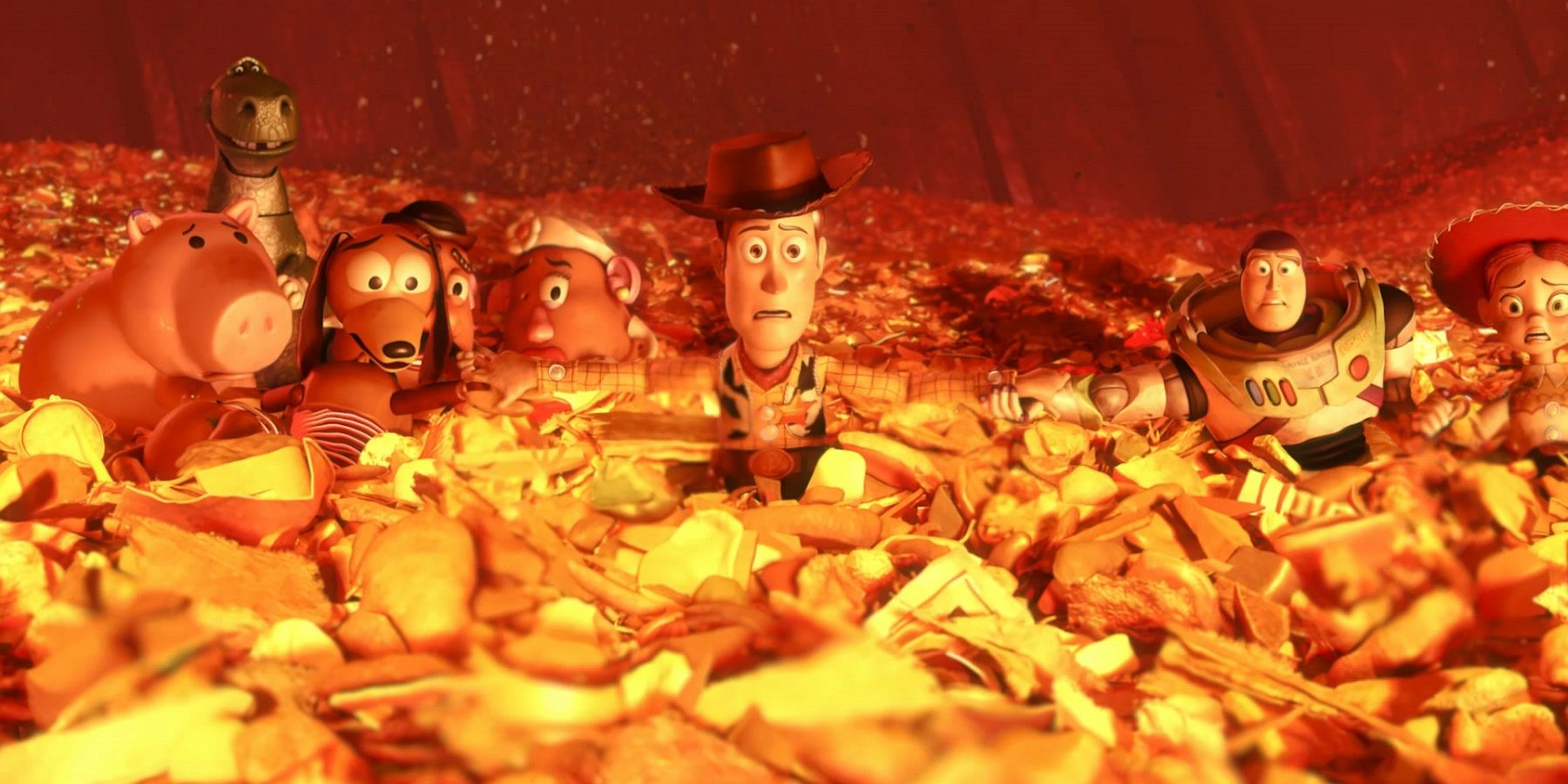With their eighteenth feature length movie, Cars 3, crashing into cinemas later this month, what better way to celebrate the great Disney Pixar, than to look back at the many times they’ve broken our hearts over the past 22 years.
Millennials have grown up with Disney Pixar movies, from loving Toy Story as a child to enjoying the nostalgia of the more recent sequels, so it only seems fitting that there’s so many examples of adult themes in these movies. Pixar, and their parent company Disney for that matter, have always put elements into their movies that children won’t pick up on, whether it’s a crude joke or an underlying theme that will only make sense to older fans.
These examples aren’t just sad scenes from great children’s movies, they’re dark because they have a lasting effect on adult viewers, giving life lessons and realizations far beyond the surface of cute characters and adventure packed story-lines, providing poignant insights spanning everything from religion to mental health, gender issues and even death.
So here, to make you ponder the meaning of life while thinking about your long lost Woody doll, are 20 Times Pixar Got Incredibly Dark.
20. Toy Story: Buzz Lightyear Questions His Existence
Buzz Lightyear’s entrance into the Toy Story franchise was quite a dark one in itself, showing Woody’s jealous side and how quickly his so-called friends push him aside for the new guy in town. But one of the darkest scenes in the classic movie is Buzz’ devastating realization that he isn’t who he thought he was.
On a late-night mission, Buzz stumbles across a commercial for Buzz Lightyear toys. Showing a child playing with the doll, and a ridiculous amount of them stacked on shelves, ready to be bought, Buzz starts to realize that maybe he is just a toy. The commercial even makes a point of saying "Not a flying toy," rubbing salt in Buzz’ wounds.
Paired with Randy Newman’s emotional "I Will Go Sailing No More", and echoes of Woody’s voice shouting "You’re a toy" at the heartbroken Space Ranger, before he severely injures himself trying to prove that he can fly, this is a truly heartbreaking moment. It really makes you question your existence and the true meaning of life.
19. Finding Nemo: Marlin’s Crippling Anxiety
From Finding Nemo's opening scene, Marlin comes across as being an anxious fish, desperately trying to get the approval of his wife on their new home. Then the unthinkable happens and he loses his wife and other children - it’s easy to forget, but there’s more than Nemo’s egg in that cluster when the barracuda attacks, so he has lost several children too - and that clearly pushes Marlin over the edge.
Later on in the movie, Marlin and Dory become surrounded by jellyfish. Marlin freaks out pretty quickly but manages to keep some composure, as Dory sees the whole thing like a game. As the pair flee from the poisonous jellyfish, Marlin mumbles to himself to try and keep calm. He has an outburst of confidence, but when he loses Dory for a few seconds, he averts back to his panic-stricken ways.
Considering all he’s been through, it’s no wonder Marlin has anxiety issues. And while mental health issues are a taboo subject - especially in males - it’s great to see Pixar acknowledging something so important in a character.
18. The Incredibles: Mundane Life
In an interview with IGN back in 2005, writer and director of The Incredibles, Brad Bird, spoke about the idea that the movie was getting a lot of criticism in the press: “Look, it's a mainstream animated movie, and how often are those considered thought provoking? It's meant to be a great time at the theater, but it's also designed to work on more than one level.”
The Incredibles is indeed thought provoking, and very dark in places. Early on in the movie, we see a normal family living their normal lives. But who wants normal? Not Mr. Incredible. His look of pure misery while at his desk job after giving up life as a superhero hammers home the realization that dreams don’t always come true.
Admittedly, in the end, he does get his ideal life as a superhero, but seeing those few scenes of the family in their mundane rut definitely provokes thoughts of life getting in the way of dreams.
17. Up: Carl’s Dreams Don’t Come True
The main dark moment in Up is the heartbreaking opening - anyone that doesn’t tear up at that just doesn’t have a soul. But Carl’s bitterness caused by life’s many disappointments is an incredibly dark concept too. Carl and Ellie suffer a miscarriage early on; Ellie’s illness later in life, and her death take their toll on Carl. Things just keep getting in the adorable couple’s way of achieving their dreams of going to Paradise Falls, and Carl is left with the burden that the love of his life never got what she really wanted. This all creates the sickening affirmation that life can easily get in the way of you truly living.
It takes Carl the whole movie to realize that he didn’t need to travel to the ends of the Earth to have the adventure he really wanted, or the adventure Ellie wanted; they had all the adventures they needed, together. It’s something we’re all guilty of - focusing on what we think we want instead of appreciating what we’ve got.
16. Inside Out: Negative Emotions
Inside Out’s main human, Riley, may be lead by the purest positive emotion there is, Joy, but isn’t it a little strange when you really put it into perspective, that Joy is the only positive emotion? There’s plenty of other positive emotions - pride, amusement, love - but clearly according to Pixar they’re not strong emotions enough to be at the forefront of our minds.
Riley’s coming of age, and her loss of joy, show just how much it can suck to be a grown-up. Which is also shown by her parents’ minds, and their Headquarter leaders. Riley’s mom is lead by Sadness-- is this suggesting that she’s depressed? Her daydreams of a different life suggest she isn’t happy with her husband.
Riley’s dad, is lead by Anger, which could mean he has anger issues we don’t get to see in the movie. Is this why Riley’s mom is so sad? It’s all pretty bleak when you take away the cute and kooky personified emotions.
15. Toy Story 3: War Wounds
When a Disney Pixar movie can be compared with The Walking Dead with such scary accuracy, it’s pretty obvious that there’s some dark themes going on in the film. To kids, the peril is Andy losing his toys and them trying to get back to him, but adults will see there’s much more going on than that. Lotso’s dictatorship and imprisonment of the toys is dark in itself, and when you think that he did the toy equivalent of brainwashing Buzz to keep his friends hostage, it gets pretty weird.
But a little detail in amidst the already sombre story-line makes it all the worse. The toys that have been subject to the torturous playtime in the toddler room keep their scratches, paint stains, and marks, like injuries and scars from battle. For fans that have grown up with the franchise, and who see the characters almost as people, that’s pretty messed up.
14. Cars 3: Lightning’s Crash
Cars 3 hasn’t even been released yet, but two things already seem apparent: 1) It’s going to be better than Cars 2 (we really, really hope), and 2) this movie is going to have some themes in it that will emotionally impact adults more than kids.
Just from the teaser, which gained plenty of attention for that violent and graphic crash, we’ve already seen that Lightning’s life is turned upside down in a split second (literally), and it’s absolutely terrifying to think that that could happen to you. As adults we tend to worry a lot, and especially in the current sociopolitical state we’re all in, it’s difficult not to dwell on disasters that could happen, and how quickly life can change.
To counteract the gloom though, Cruz Ramirez’ quote in the trailer offers some inspiring life advice: "Don’t fear failure, be afraid of not having the chance, you have the chance."
13. Monsters University: Sulley’s Fear
When you really think about it, the principle of Monsters Inc in itself is pretty grim - these literal monsters are feeding on children’s fear. That could easily be the plot to a horror movie. By the end, though, they learn that joy and laughter are much more valuable, which probably wouldn’t happen in a horror movie.
The movie’s prequel is filled with the same slapstick humor and silly characters from the first movie. But this time we get to see them go through their awkward college years, and for a minute look deeper into the psyche of super-scarer James. P. Sullivan when he tells Mike Wazowski, “I act scary, Mike – but most of the time, I’m terrified.”
It’s just a line in a kids movie, but as an adult it’s a statement that might feel too close for comfort. We all put on a front sometimes. Most of the time, just like Sulley, we do this so we don’t have to show our weaknesses. Thanks Pixar, for showing us we’re not alone in our insecurities.
12. Toy Story Partysaurus Rex: Monsters Easter Egg
Disney have confirmed that all Pixar movies are linked through a shared universe, but one fan theory suggests something much weirder than Lotso’s cameo in Up or Dug the dog’s shadow in Ratatouille.
In the Toy Story short, Partysaurus Rex, a particular fur is seen as a toilet seat cover - fur that appears to belong to Sulley from Monsters Inc/University. This might just be a cute Easter egg, but it could also mean that Sulley (or another monster of his species) has been killed for his fur.
There’s even a scene in Monsters Inc where Randall Boggs tells Sulley that “I heard humans skin monsters and make toilet covers out of their fur.” That would make it a pretty cool call-back, and not even the first time Disney has skinned a creature for an appearance in another movie. Still, the idea that the loveable hero of Monsters Inc has been hunted for his fur is enough to ruin any millenial's childhood.
11. Brave: Merida’s Struggle
Brave is probably one of the most underrated Disney Pixar movies. There’s no disputing that Merida is one of the most inspiring Disney Princesses, and started a trend of self-rescuing princesses (until they officially crown Princess Leia as a Disney Princess). It’s a sweet movie, emphasizing the importance of parent-child relationships.
With Merida acting as Disney’s own feminist icon, it’s difficult to overlook the prominent gender role theming to the movie. It’s not the bears, not the witchcraft, but the hardship of being a girl in a patriarchal world that’s the darkest theme in this movie. Girls being forced into arranged marriage is still an issue in some cultures, and girls being counted as lesser beings is still an issue everywhere.
Merida does an amazing job standing up to the literal patriarchy, and it’s brilliant that Pixar are acknowledging the issues and the importance of women/girls standing up for themselves.
10. A Bug's Life: Politics
One of Disney Pixar’s earliest movies, A Bug’s Life, has a serious underlying political narrative. The plot itself is blatantly based on colonialism: Flik is trying to find a group of warriors to fight the greedy militarized grasshoppers, to save his colony.
One dismal quote from Hopper, the leader of the grasshoppers, puts emphasis on this theme: “You let one ant stand up to us, then they all might stand up! Those puny little ants outnumber us a hundred to one and if they ever figure that out there goes our way of life! It’s not about food, it’s about keeping those ants in line.”
From Hopper’s rant, it’s also fairly easy to make the connection between the ants and the grasshoppers, and the 1% vs the 99%. Disney has used political and historical events in their movies since the beginning, and A Bug’s Life seems to be carrying that theming across to Disney Pixar. Whether or not this encourages kids to grow up to fight the system and stand up for democracy is a discussion for another time.
9. Finding Nemo: Nemo Doesn’t Exist?
Another fan theory, and one that relates back to Marlin’s mental health issues, plays on the idea that none of the eggs survived the barracuda attack, and that Marlin is going through the five stages of grief throughout the movie.
It all stems from the fact that Nemo translated from Latin means "no one." The first stage of grief is denial, which explains why Marlin is shown holding one egg - he imagines it as a coping mechanism. Anger comes next, which Marlin displays as his overbearing parenting towards his possibly non-existent son. Marlin then bargains with Dory for her help (stage 3 - bargaining), sees Nemo get flushed down the toilet (stage 4 - despair) before he is "reunited" with Nemo (stage 5 - acceptance).
There are plenty of plot holes in this theory, but knowing just how often Pixar sets up double narratives, it’s entirely possible, and incredibly dark.
8. Up: Charles F. Muntz
In the middle of a sweet story about an old man, a boy, and a talking dog, Charles F. Muntz is pure evil. This is a more extreme case of a good man turned bad through bitterness. In Muntz’ case he adds paranoia, and heartlessness to create a truly soulless villain. His insanity and everything that goes with it is born from obsession. He’s obsessed with catching Kevin the snipe bird, and will stop anyone that gets in his way.
Serving as a parallel to Carl, who has a bitter streak, Charles is proof of who Carl could’ve been without Ellie’s dying wish for him to accept losing her and go on one more adventure.
As well as emphasizing the dangers of allowing obsession to consume your life, it’s upsetting that Muntz turned out to be evil. Carl and Ellie met through a joined love for Muntz and his adventures, and it’s a sad fact of life that your heroes can let you down.
7. Toy Story 2: Jessie’s Abandonment
Toy Story 2’s scene in which Jessie tells Woody the story of how her owner abandoned her really tugs at the heartstrings. We see Jessie having fun with her best friend, until one day the little girl has outgrown the doll; favoring makeup for her toy horses and music for her Woody’s Roundup toys. Poor Jessie ends up forgotten about, until one day she’s filled with false hope of another adventure before being deserted at a charity drive.
This shows the sobering realization that people change as they get older, easily forgetting about things/people that were once important to them. Priorities change, and as adults it’s difficult to see how a decision you make based on your priorities now might not be what you’d want in the future. Maybe Jessie’s owner regretted giving her once beloved doll away later in life. It’s one of those things that can’t be foretold, and a painful part of growing up.
6. Cars: All The People Are Gone
Even though several of Pixar’s movies focus on characters that aren’t human: toys, bugs, monsters; humans are still present in the movies in some way. Except for the Cars universe. So where exactly are all the humans? It’s pretty morbid to think about, but have they all died out?
Apparently there's a secret internal document that explains all this. The author of this document and Creative Director of the Cars Universe, Jay Ward, offered his own theory at a press junket for Cars 3.
He said: “Imagine in the near-future when the cars keep getting smarter and smarter and after one day they just go, Why do we need human beings anymore? They’re just slowing us down. It’s just extra weight, let’s get rid of them. But the car takes on the personality of the last person who drove it.”
Tie this in with the Earth too toxic for people to inhabit that we see in WALL-E, and it all kinda makes sense. Maybe it’s a little morbid to think humans have died out, but instead they’ve just left Earth because they’ve made a mess of it, while cars can stand the toxic wasteland they left behind and clean it up to create their own world.
5. The Good Dinosaur: A Bad Trip
The Good Dinosaur wasn’t one of the most well-received Disney Pixar movies when it was first released. On one hand, reviewers criticized it for being too aimed at kids, while on the other, parents criticized the movie for being too scary for their kids, leaving them frightened or in tears, due to its scenes of death, drug-induced hallucinations, and vicious attacks.
None of this is new ground for Disney, though. A shocking majority of Disney movies see a parent lose their life early on, and what would everyone’s favorite animated adventures be without a few scenes of peril?
The Good Dinosaur is far from the first Disney movie to show characters intoxicated, Dumbo’s pink elephants and the infamous donkey scene from Pinocchio are two prime examples. But the scene in The Good Dinosaur shows Spot and Arlo consuming some bad berries, causing them to trip out, and then come down pretty hard. The shocking thing about this minute long scene is just how much fun the characters are shown to be having, which is probably why parents weren’t too happy about it. But it is hilarious.
4. Borrowed Time: Grown Up Pixar
Not strictly a Pixar short, but a short movie made by Pixar animators, Borrowed Time is definitely not for kids. Pixar animators Andrew Coats and Lou Hamou-Lhadj are behind the short, with Hamou-Lhadj explaining why the movie is so dark: "A goal for us was to make something that kind of contested the notion of animation being a genre, and one for children specifically. We really wanted to make something that was a little bit more adult in the thematic choices, and show that animation could be a medium to tell any sort of story."
For a generation that fell in love with Toy Story and A Bug’s Life as children, grew up with Disney Pixar, and now facing adulthood, this short seems very fitting. The familiar Pixar style is there, but seeing actual blood and a grown man breaking down to the point he seems close to suicide is epically harrowing in comparison to the Pixar we’re used to. It creates one hell of an impact, though, and the creators have certainly succeeded in their goals to make a more adult movie.
3. Sanjay’s Super Team: Conflict of Religious Traditions and the Modern World
This short, shown in cinemas before The Good Dinosaur, tells the story of Sanjay, a little boy obsessed with superheroes, and his father, a devoted and practicing Hindu. Sanjay’s father would rather his son take part in Hindu prayer than watch TV shows about fictional heroes. Sanjay knocks over a lamp and is transported to a temple where he fights off an angry creature, with the help of the three Hindu deities Hanaman, Durga and Vishnu.
Back in the real world, Sanjay shows his father a drawing of the three gods, along with the words "Sanjay's Super Team", and the pair bond over this newfound balance.
Pixar artist Sanjay Patel, the son of Indian immigrants, created this story from his own personal experience of trying to balance growing up in the modern world, and his family's heritage; and it’s something many people can relate to. It’s difficult for children, particularly when religion is criticized so much these days, to know which path to follow, and how to create a middle-ground of their heritage past and the future they want.
2. Finding Dory: Dory’s Loss
To kids, Finding Dory is just another adventure with their favorite forgetful fish. But looking beyond the hilarious new faces and the title character's silly demeanor, there’s so many layers to this story that create a heartbreaking tale of loss and life’s struggles.
We learn from the beginning of the movie that Dory has suffered from short-term memory loss all through her life, and there’s other representations of disability in the movie, which is a great thing, even if the studio was criticized for it.
The base for the entire plot, though-- Dory losing her parents, is the darkest theme in the movie. It’s any loving child’s greatest fear to lose their parents, but as we age, it becomes more apparent that it’s an inevitability. Nothing can prepare a person for losing a loved one, and Dory loses her parents twice in the movie, putting emphasis on just how painful an experience this is.
1. Toy Story 3: The Incinerator
We’ve already mentioned the dark themes and narrative of Toy Story 3, but this scene is so veritably bleak it couldn’t not be included in this list. There probably isn’t a darker scene in the studio’s history, or even Disney’s history, than seeing the gang we’ve grown up with group together and prepare themselves for certain death.
The moment of Lotso’s betrayal rips at the emotions, then the toys, seeing no way out this time, join hands and accept that they’re going to die. They just accept it.
As we’ve said repeatedly throughout this list, the thing that makes these themes and narratives so dark is how they can be interpreted so easily by the now adult fans that have grown up loving these movies. And there’s nothing darker than the impending doom we all face. It’s a painful realization to wrap your mind around, but it’s inevitable.
---
Which Pixar moment or theme made you question the meaning of life? Do you see things in these movies now that you didn’t as a child, or do you think it’s just a case of overthinking kids stories? Let us know in the comments!

